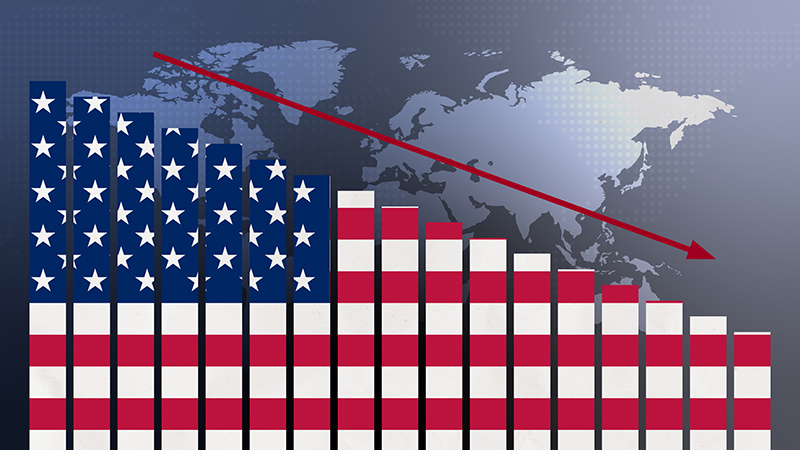Asset managers, wealth managers, fund selectors; almost everyone will be affected by Mifid II whose 3 January deadline is rapidly approaching. Distilling the regulation down to an understandable form is no easy task, not even for the brightest brains in the business, and the wealth of frustrated opinion largely reflects this.
On cost alone, having the necessary IT in place is predicted to see providers out of pocket to the tune of $2.1bn in 2017, based on a study of the world’s top 40 investment banks and top 400 asset managers by IHS Markit, published last month.
But while there remains complexity and opacity, some see the benefit of introducing greater transparency through forcing managers to disclose research costs could help counterbalance the hard work that goes into preparing for the changes.
Spring clean
According to Harriet Steel, head of business development at Hermes Investment Management, the forthcoming deadline has provided an incentive for the manager to undertake some “good housekeeping” by forcing it to reassess the systems and processes it has been using to date.
The firm previously relied in part on obtaining research as part of broker packages but on the back of Mifid, it has built a system that allows it to more efficiently monitor this research. As a result, it has “pared back its budget” for research and taken back much of the control, according to Steel.
That said, she adds that while Hermes is in “good shape” to be compliant with Mifid II, there is still “huge work” to be done on transaction reporting as well as “huge investment” to be made in internal systems.
One less thing to knock
Ben Yearsley, director at Shore Financial Planning, welcomes the fact that fund managers are being forced to disclose external research costs separately and detail whether they are swallowing those costs or passing them on to clients.
Most groups, including Hermes, have taken the fee on their own P&L with a few notable exceptions such as Fidelity which has announced a ‘fulcrum fee’ whereby the manager shares in the upside when funds do well and reimburses clients when they fall short.
Yearsley says: “For too long, it has been easy to criticise the lack of transparency of fees and returns and ultimately, the goal of the industry should be to get more people saving for their own future. The active investment industry has been poor at putting its case across as to why it is worth paying for active over passive. By being more explicit about fees and costs and what investors are getting for their money, it gives the detractors one less thing to knock.”
Article continues on next page…











